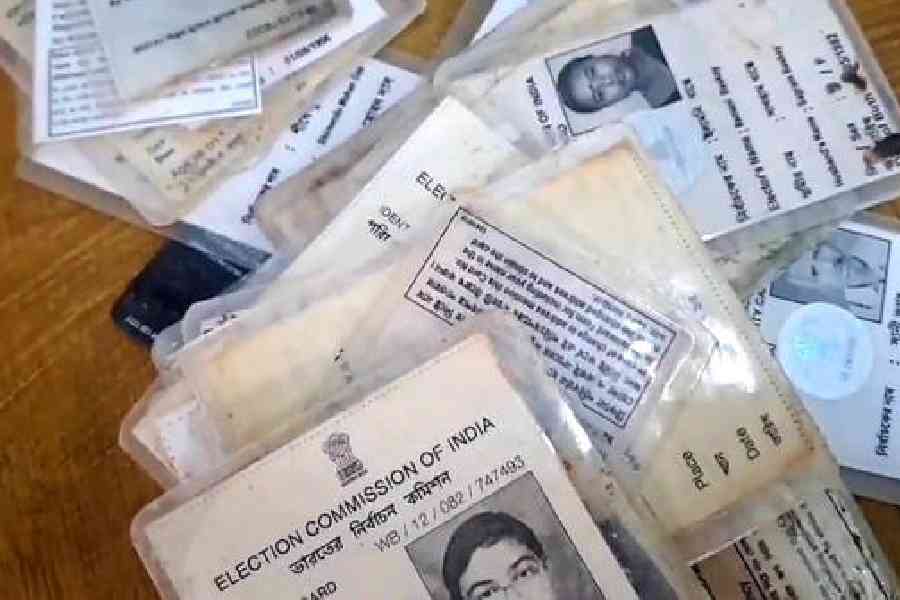The influencer, Ranveer Allahbadia, has received interim protection from the Supreme Court from the prospect of arrest in response to first information reports that have been registered for his crass remarks as a panelist on a YouTube show called India’s Got Latent. But he has not escaped legitimate criticism from the highest court. Mr Allahbadia, a YouTube sensation, and his associates have been restrained from airing new episodes till further orders. The court was critical of the nature of some of the content on these platforms. It also suggested that it would like the government to frame an obscenity law for channels on YouTube and social media platforms.
There is a general perception that unlike traditional media, social media platforms and YouTube channels operate in a space that has immense visibility but very little regulation. The latter is not quite true. The Advertising Standards Council of India unveiled a set of self-regulatory guidelines for influencers pertaining to disclaimers and disclosures. The Securities and Exchange Board of India has stipulations for influencers endorsing financial products. The India Influencer Governing Council was also launched recently in response to demands for governing protocols and for responsible content creation. Some sort of institutional regulation is perhaps the need of the hour given the burgeoning Indian market for influencers: it is expected to surpass Rs 3,375 crore by next year. But should that role be given to the State whose record on upholding and expanding the boundaries of free speech has always been suspect? The government’s penchant for willingly confounding the immoral with the illegal must also be borne in mind, especially in a political milieu that seems to be adversarial towards dissent and criticism. In a democracy, a better alternative would be to let the targeted audience, adult consumers of such content, be the proverbial judge and executioner. Self-regulation — the exercising of informed choice — on part of the audience could lead to steep declines in viewership of offensive content and, crucially, in sponsorships and revenue that keep such channels afloat. But herein, too, lies a problem. Obscenity or even freedom of speech are slippery concepts, shaped and reshaped by the shifting tides of morality and demography. Debates on what constitutes obscenity may thus linger. What is perhaps an imperative is a public, as opposed to a political, conversation on such prickly issues.










